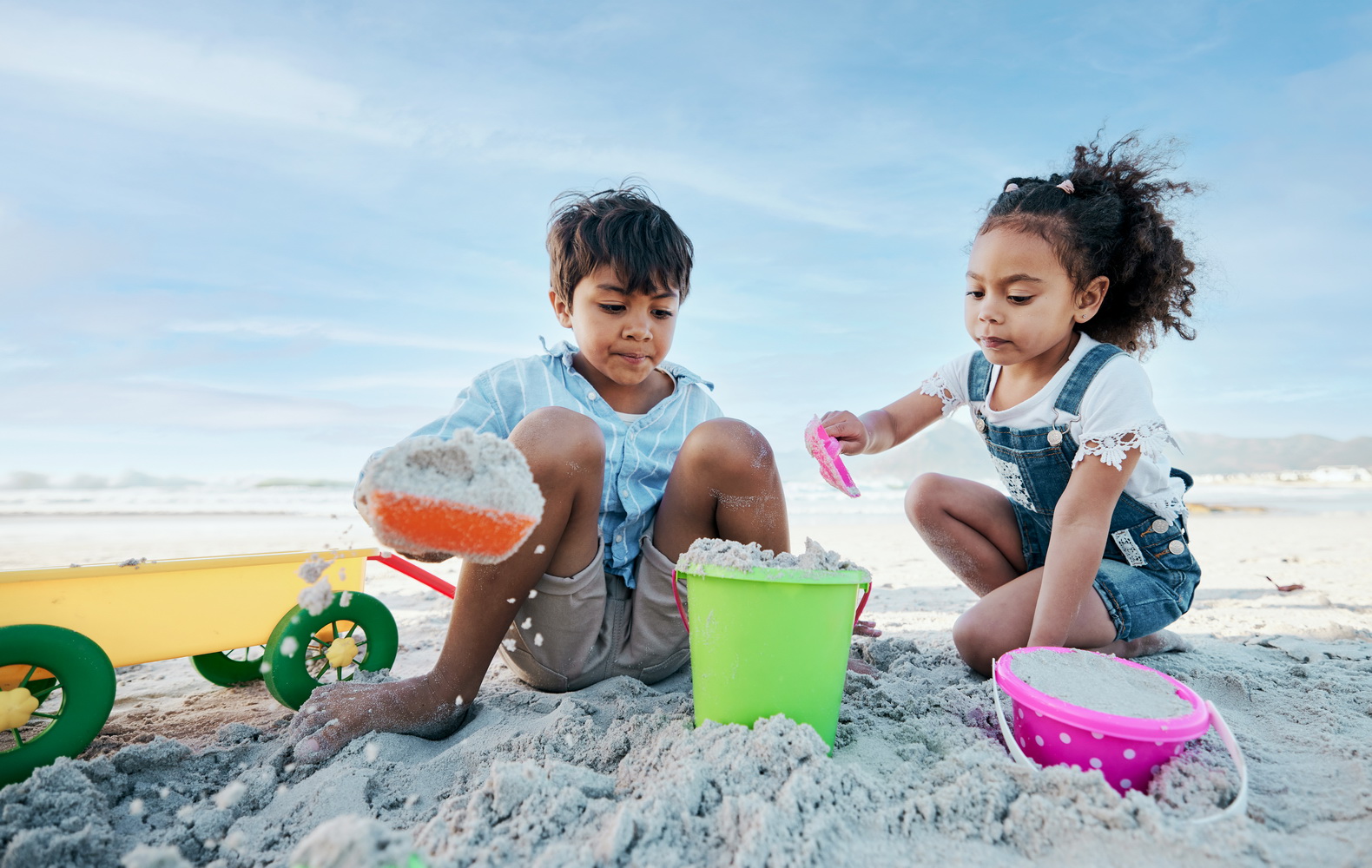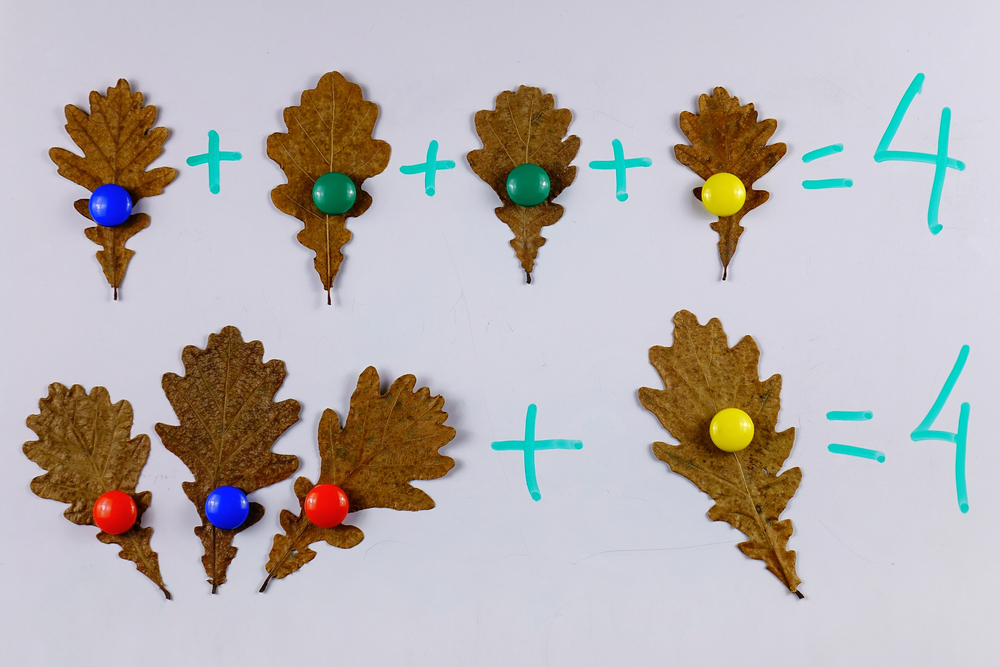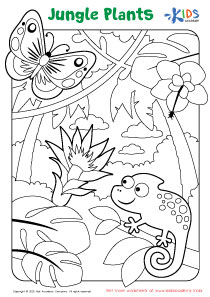Categorization skills Animals Worksheets for Ages 3-9
4 filtered results
-
From - To
Unlock your child’s potential with our "Categorization Skills Animals Worksheets for Ages 3-9." These engaging and educational worksheets help young learners enhance their understanding of the animal kingdom while developing critical categorization skills. Perfect for children aged 3-9, our colorful and fun activities teach kids to sort and classify animals by their habitats, characteristics, diets, and more. By exploring a variety of fascinating animal groups, children not only improve their scientific knowledge but also boost cognitive and motor skills. Make learning a delightful adventure with our expertly designed animal categorization worksheets!
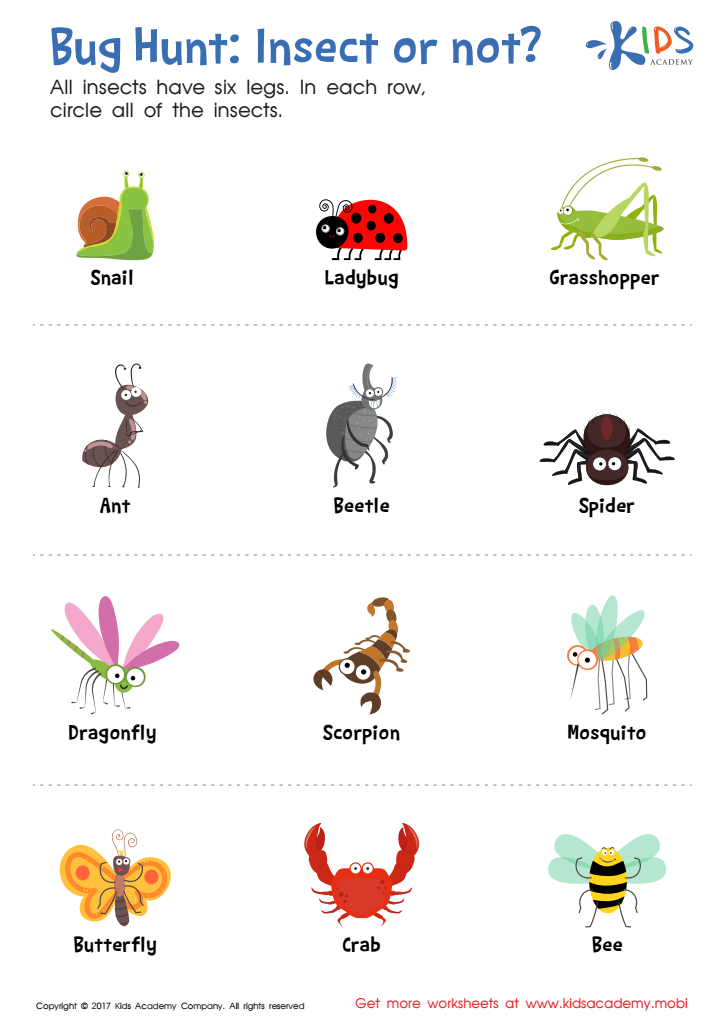

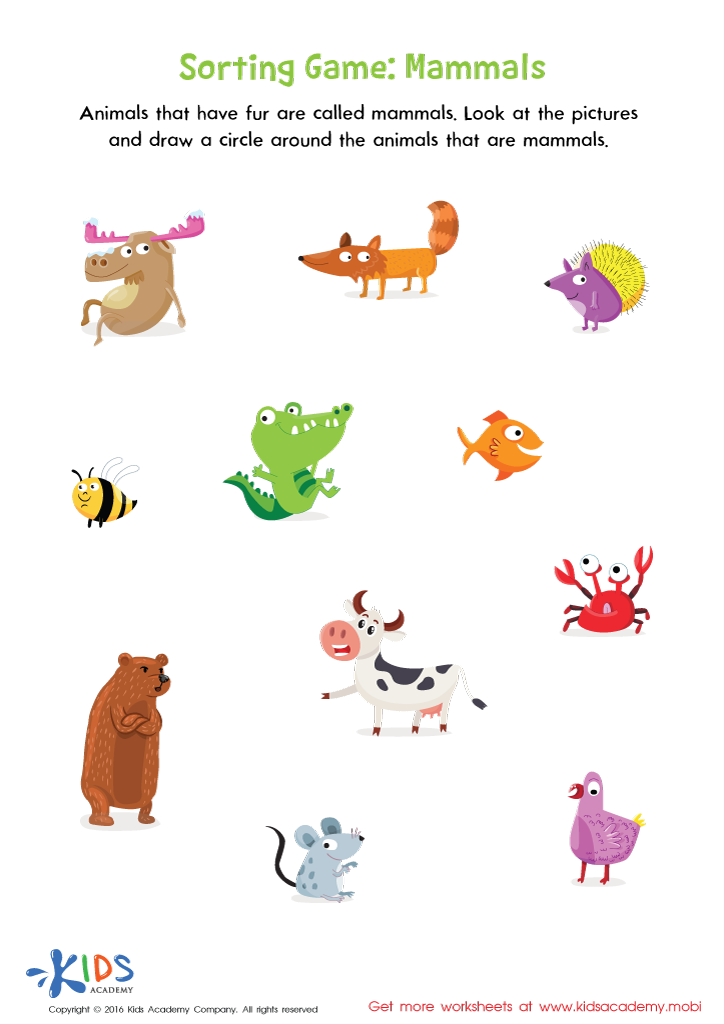

Mammals Sorting Worksheet
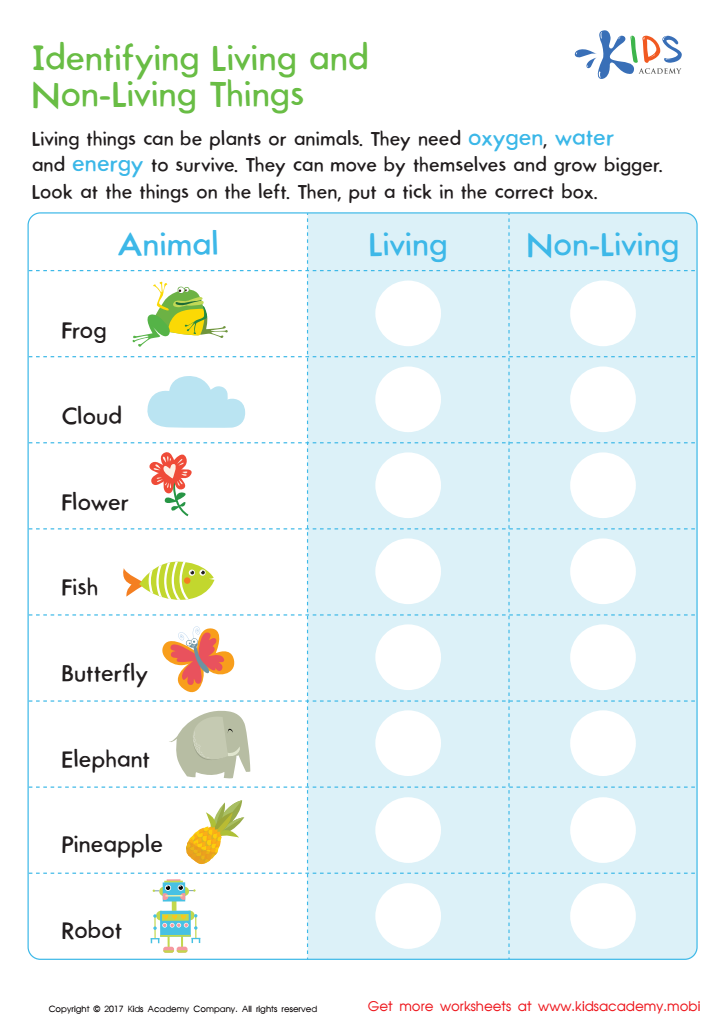

Identifying Living or Non–living Worksheet
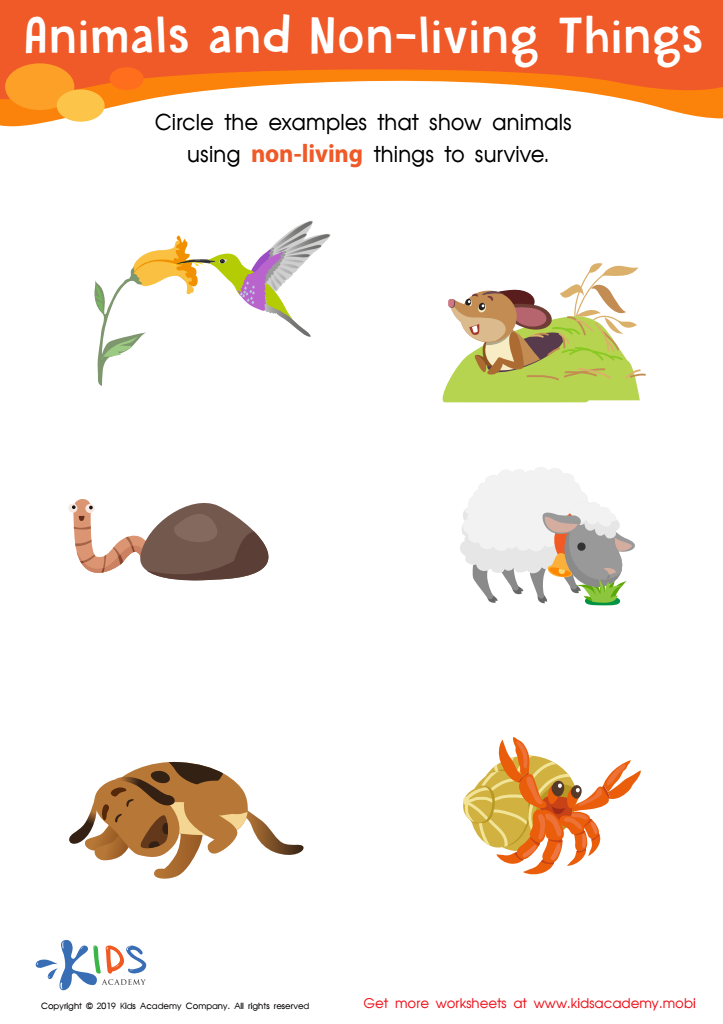

Animals and Non-Living Things Worksheet
Categorization skills, especially in the context of sorting animals, are crucial for children aged 3-9 as they form the foundation for cognitive development. This skill helps young minds organize information and make sense of the world around them. When children classify animals by characteristics like size, habitat, or diet, they engage in critical thinking and strengthen their memory and attention to detail. This activity also expands their vocabulary and knowledge of the natural world, fostering a sense of curiosity and love for learning.
From a developmental perspective, categorization is linked to higher-order thinking skills, such as comparing, contrasting, and drawing connections between different concepts. These are essential for future academic success. For instance, understanding that both a whale and a dolphin live in the ocean but differ in various aspects helps children grasp more complex scientific concepts as they grow older.
Additionally, learning to group animals enhances social skills and cooperation. When children work in groups to categorize animals, they practice communication, negotiation, and teamwork. For parents and teachers, facilitating these activities is an investment in children’s intellectual and social capabilities, providing a solid foundation for lifelong learning and problem-solving skills. Therefore, nurturing categorization skills in early childhood is essential for holistic development.
 Assign to My Students
Assign to My Students





